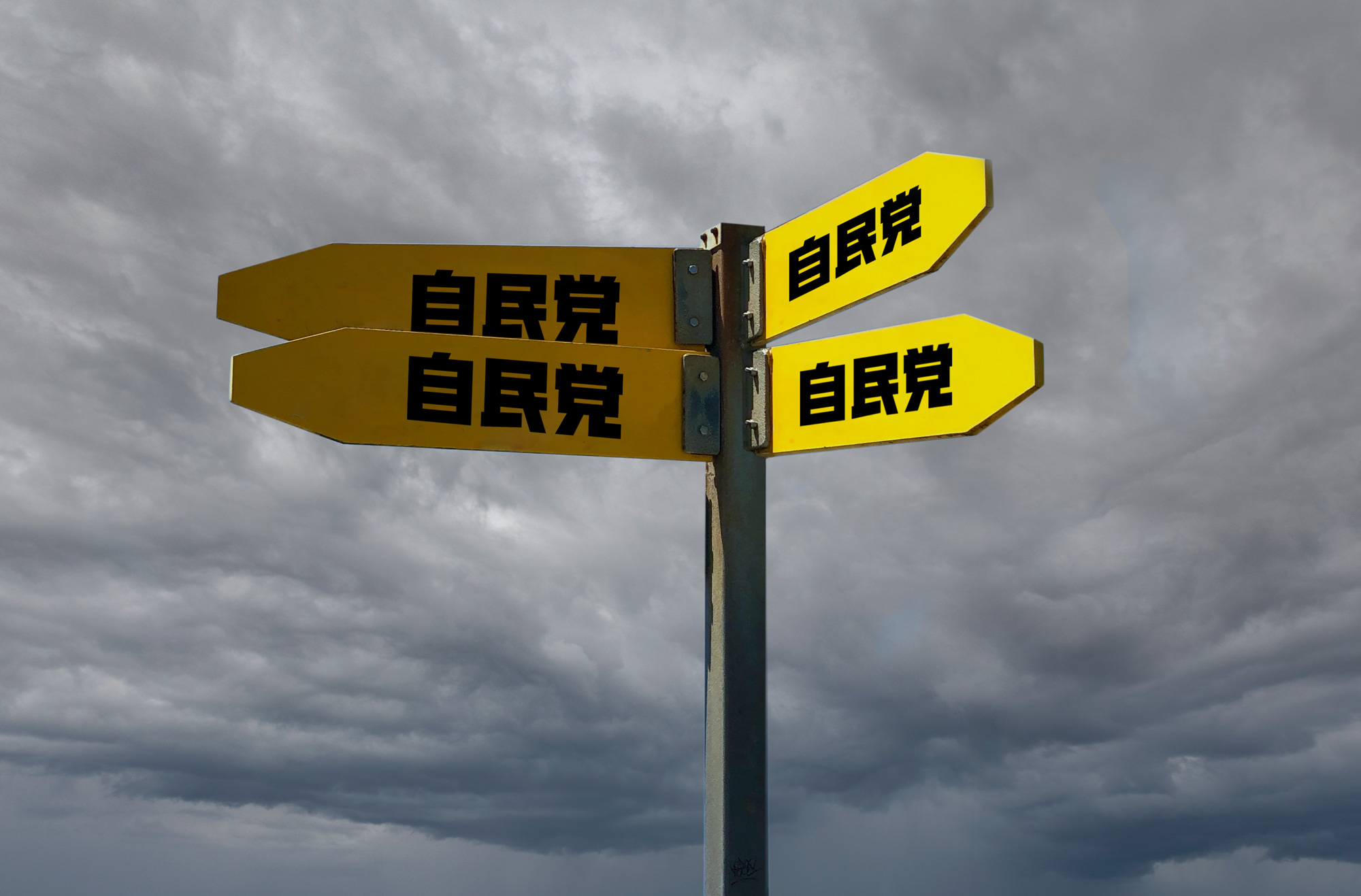Issue:
October 2021
Lack of media scrutiny helped LDP hopefuls breeze through leadership race

On September 3, Prime Minister Yoshihide Suga suddenly announced that he would not stand for the presidency of the Liberal Democratic Party (LDP).
Suga claimed that he wanted to focus on the government’s coronavirus response and did not have the energy for the leadership race.
The Japanese media quickly asked the question: who will succeed Suga? On September 29, they got their answer: Fumio Kishida. But even before his victory, the media had practically stopped treating Suga as prime minister. From the moment he announced his resignation, questions about his policy failures were practically non-existent. On September 3, Suga said he would hold a press conference the following week to explain his decision to step down, but in fact the press conference was about the coronavirus. There was nothing on Suga’s decision or the policies he had pursued during his year in office. Did he use his remaining days at the Kantei to focus on Covid-19, as he had promised? The answer has to be no.
The media’s refusal to ask questions about the past is probably one of the reasons why, on September 3, 2020, an Asahi Shimbun poll found that Suga was seen as the “most appropriate” successor to Shinzo Abe, with 38%.
Journalists already knew from his eight years as Abe’s chief spokesman that Suga was not adept at answering unscripted questions. During his year in office, he gave lots of press conferences, but he didn’t answer many questions. Suga showed similar contempt for the media ahead of his departure, despite leaving the country in a mess.
The media have a habit of publishing simple opinion polls while failing to explain the context to their readers. After a year of Suga, newspapers stuck with the same old question: who is the most appropriate person to lead the LDP (and, by extension, become prime minister)? But in the vast majority of cases, none of them asked their readers why they had selected a particular candidate.
Taro Kono, the vaccine minister, came out on top in many opinion polls. But why? The newspapers never explain. Instead, it was left to us, the readers, to imagine the reasons. Was it because he was in charge of vaccinations – which picked up pace after a slow start? Because he speaks English, or because he supports reform? We were never told.
There was no mention of the fact that all four candidates had spent the previous year supporting Suga’s policies. None said publicly that they had disagreed with anything the outgoing prime minister had done. They simply remained silent.
Kono and one of the other candidates, Sanae Takaichi, had published books before the election, while Kishida had brought one out the previous year. There was no shortage of issues on which to quiz them. Their regular appearances on TV or online forums were a chance to ask them which specific policies they would implement if elected. But the questions were always limited to a few general themes: the coronavirus, economic growth, constitutional reform, pensions, the energy mix, surnames for married couples and same-sex marriage.
There wasn’t a single robust debate among the four candidates of the kind you see in other democracies. There were no face-to-face exchanges, just uninterrupted explanations of their very loose ideas. None was asked to discuss the LDP’s recent record, and each candidate was able to make their case without being challenged by their rivals for the party’s presidency.
The studio layout was instructive: the candidates sat side by side, not face to face. What is more, at no time were politicians from other parties invited to debate with them. All we got was LDP men and women talking to other LDP men and women, for the benefit of a tiny number of people with the right to vote in the leadership election: party MPs and members of local party chapters. Why didn’t broadcasters invite other party representatives to have a real debate?
Rather than genuine investigations into topics of interest, with pointed questions directed to each candidate, articles on the LDP leadership race to often offered only a summary of what had been said by the presidential hopefuls.
This unimaginative approach meant that the newspapers ran with similar photographs – of the four candidates standing in a line facing the camera – day in, day out.
While many articles explained electoral procedures and weighed up the relative strengths of the various factions, they largely overlooked policies and visions, and failed to question candidates about why they took certain positions.
Two days before the election, after another online event featuring Kishida, Kono, Takaichi and Seiko Noda, the Mainichi Shimbun published a piece with a headline that neatly summed up the whole campaign. “Difficult for candidates to show their true colors on policy,” it read. “No big differences on coronavirus or economy.”
Karyn Nishimura is a correspondent for the French daily newspaper Libération and Radio France

